Benefits of Accessibility in Dental Chairs
1). Enhanced Patient Experience: Accessible dental chairs contribute to a positive patient experience by promoting comfort and reducing anxiety. Patients with mobility challenges or disabilities can receive treatment in a more relaxed and dignified manner, leading to improved satisfaction and trust in the dental practice.
2). Expanded Patient Base: By prioritising accessibility, dental practices can attract and serve a broader range of patients. Individuals with disabilities or special needs often face challenges when seeking dental care. By providing accessible dental chairs, practices can cater to this underserved population and build a reputation for inclusivity.
3). Improved Ergonomics for Dental Professionals: Accessibility features in dental chairs not only benefit patients but also enhance the working conditions for dental professionals. Adjustable chair heights, ergonomic positioning, and easy patient transfer mechanisms can reduce strain and injuries for dental staff, promoting their well-being and productivity.

Key Features of Accessible Dental Chairs
1). Adjustable Height: Dental chairs should have the flexibility to adjust the height according to the patient's needs. This feature enables patients to transfer easily onto and off the chair, accommodating individuals with different heights or those using mobility aids.
2). Armrests and Side Supports: Sturdy armrests and side supports provide stability and assist patients when moving in and out of the chair. They also offer additional comfort during dental procedures, especially for patients with limited mobility or physical disabilities.
3). Wheelchair Accessibility: Dental chairs should be designed to accommodate wheelchair-bound patients. This may include wider chair dimensions, removable armrests, and retractable footrests to facilitate seamless patient transfer from a wheelchair.
4). Ergonomic Design: Dental chairs with ergonomic features, such as adjustable backrests and headrests, promote patient comfort during treatment. These adjustments ensure proper positioning and reduce strain on the patient's body.
Incorporating Assistive Technologies
To further enhance accessibility, dental practices can consider integrating assistive technologies into dental chairs. These technologies may include voice-activated controls, touchless operation, or specialized attachments to accommodate patients with specific needs.
Creating an accessible environment goes beyond having the right equipment. Dental professionals should also receive training on how to interact with patients with disabilities respectfully and provide appropriate assistance. Increasing awareness among dental staff about the importance of accessibility fosters a welcoming and inclusive atmosphere.
Final Thoughts
Ensuring accessibility in dental chairs is crucial for promoting equal access to dental care and improving the overall patient experience. By investing in accessible dental chairs, dental practices can create an inclusive environment that caters to the diverse needs of patients.
Additionally, implementing assistive technologies and providing appropriate training to dental professionals further enhances accessibility and demonstrates a commitment to equitable healthcare provision.
At MES Australia, we understand the significance of providing state-of-the-art dental equipment that meets the evolving needs of dental practices. With over 60 years of experience, we take pride in being a trusted supplier of high-quality dental chairs and equipment in Australia.
For all your medical and dental supply requirements, please call us today on 1300 342 013 or leave an enquiry.



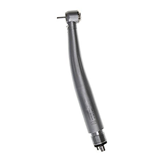
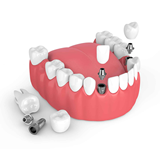

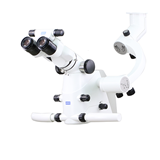

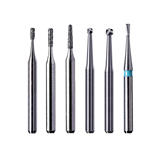
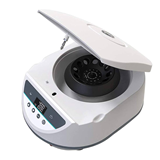
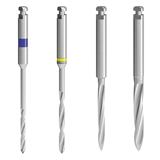

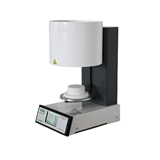
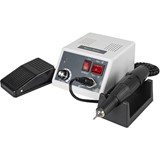
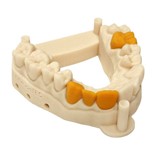

-205x205.jpg)












